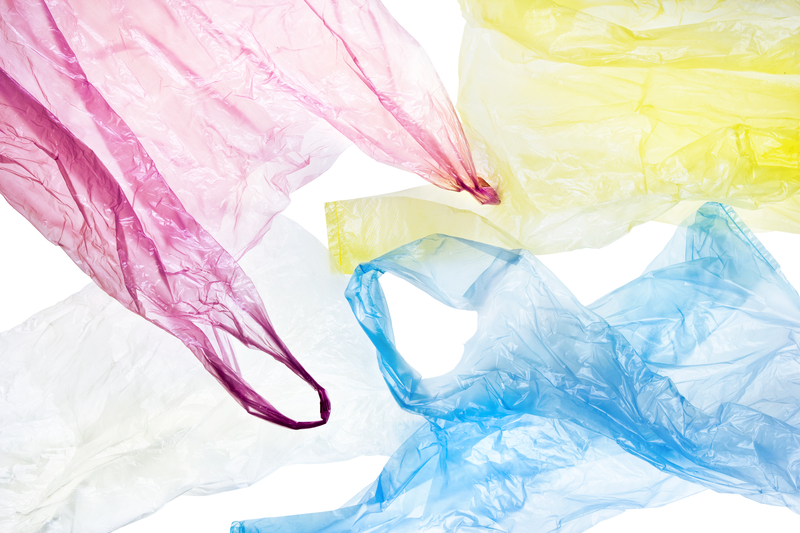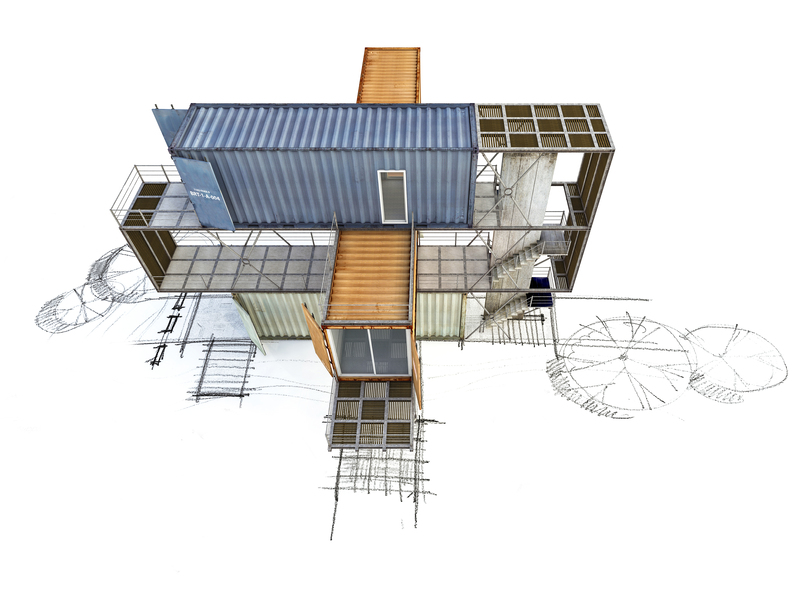The Positives and Negatives of Trash Burning Plants
Posted on 18/09/2024
In a world that is increasingly focused on environmental sustainability and reducing carbon emissions, the topic of trash burning plants has become a hotly debated issue. These plants, also known as waste-to-energy facilities, use heat to convert household and industrial waste into electricity. While proponents argue that this method helps reduce landfill waste and produces renewable energy, opponents raise concerns about air pollution and potential health hazards. In this article, we will explore both the positives and negatives of trash burning plants.
The Positives
1. Reducing Landfill Waste
One of the biggest advantages of trash burning plants is their ability to significantly reduce the amount of waste sent to landfills. According to the Environmental Protection Agency (EPA), these plants can reduce waste volume by up to 90%. This is crucial as landfills are quickly reaching capacity, leading to environmental issues such as groundwater contamination and greenhouse gas emissions.
2. Producing Renewable Energy
Trash burning plants generate electricity by using the heat produced from burning waste. This energy can then be used to power homes and businesses, reducing our dependence on fossil fuels. Furthermore, unlike other renewable energy sources such as wind or solar power which are dependent on weather conditions, trash burning plants can operate 24/7, providing a consistent source of energy.
3. Cost-Effective
Trash burning plants can also be cost-effective for local governments and municipalities. By reducing the amount of waste sent to landfills, they are able to save on disposal fees. Additionally, the electricity produced by these plants can also bring in revenue through selling it back to the grid.

The Negatives
1. Air Pollution
Perhaps the most significant concern surrounding trash burning plants is air pollution. Burning waste produces harmful emissions such as carbon monoxide, nitrogen oxides, sulfur dioxide and particulate matter which can have serious impacts on human health and contribute to climate change.
2. Health Risks
In addition to air pollution, there are also concerns about the potential health risks for those living near trash burning plants. These facilities release toxic chemicals and pollutants into the air which can have adverse effects on respiratory and cardiovascular systems, as well as increasing the risk of cancer.
3. Waste Hierarchy
Another criticism of trash burning plants is that they bypass the waste hierarchy, which prioritizes reducing, reusing, and recycling waste before considering energy recovery. By burning waste, we are essentially wasting valuable resources that could have been reused or recycled.
Tips for Improving Trash Burning Plants
1. Strict Emission Standards
To address the issue of air pollution, it is crucial for trash burning plants to adhere to strict emission standards set by regulatory bodies. This includes regularly monitoring emissions and implementing necessary technologies to reduce them.
2. Proper Waste Segregation
In order to maximize the efficiency of these plants and minimize harmful emissions, it is important for households and businesses to properly segregate their waste before it reaches the facility. This includes separating recyclables and hazardous materials from general waste.
3. Investing in Alternative Technologies
While trash burning plants may currently be the most viable option for managing waste in some areas, it is important for governments and municipalities to invest in alternative technologies such as advanced recycling methods that can reduce waste even further without negative environmental impacts.

Takeaways
Trash burning plants have their advantages in terms of reducing landfill waste and producing renewable energy. However, they also come with significant drawbacks such as air pollution and health risks. In order to make these facilities more sustainable, there must be strict regulations in place to address these issues and investments made in alternative technologies.
Conclusion
The debate surrounding trash burning plants will continue as long as we continue to produce large amounts of waste. It is up to governments, municipalities, and individuals to carefully consider the positives and negatives of these facilities and work towards implementing measures to make them more sustainable. By properly managing waste and investing in alternative technologies, we can create a more environmentally friendly and healthier future for generations to come.


 office@benandjerry.org.uk
office@benandjerry.org.uk https://benandjerry.org.uk/
https://benandjerry.org.uk/

